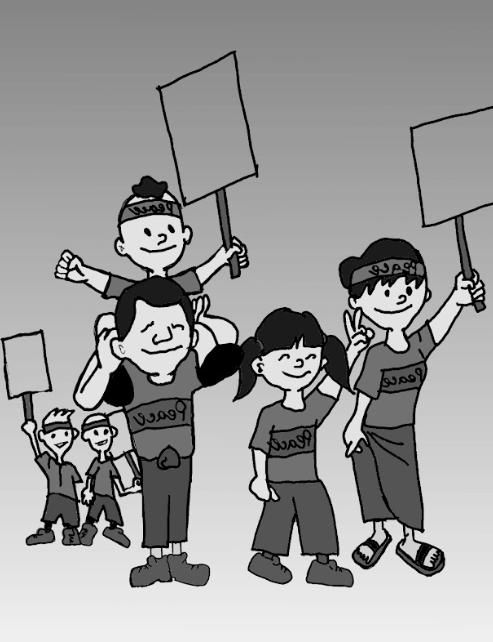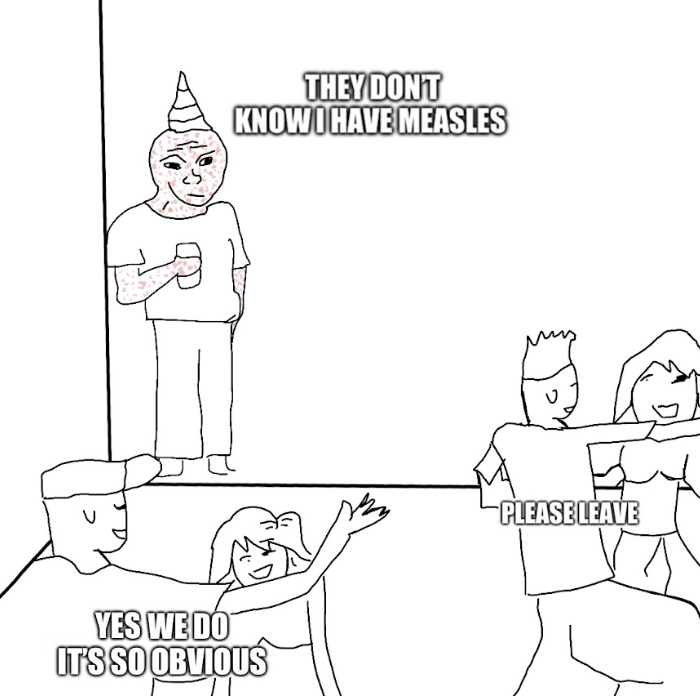Hispanic Outlook magazine has once again commended UTSA for its high enrollment of Hispanic students and graduation of Hispanic graduate students.
But despite serving a student body in which half of the students identified as Hispanic, only 18 percent of UTSA’s faculty identified as Hispanic. This figure has remained fairly consistent since Fall 2005, when 17 percent of faculty identified as Hispanic.
In addition, the rate of employment of black faculty members increased only marginally in that span, from 2.42 percent in 2005 to 4 percent in 2015. Compare this to the 8.5 percent of UTSA students who identified as black in Fall 2015.
Women and students of color are still underrepresented among a UTSA faculty that is almost 60 percent white and 60 percent male, and little, if any, progress has been made to correct this.
In order to better serve women and students of color, UTSA must make a concerted effort to combat traditional underrepresentation, especially in positions of leadership. The value in trying to foster an educational environment where unrepresented students can expect to find professors that have experiences comparable to their own is paramount. The sight of a professor who looks like them leading the room might encourage students who don’t typically speak up in the classroom to participate in the discussion. Marginalized professors will bring marginalized ideas into the fore.
At UTSA, there’s an opportunity to build upon what strengths we already possess and become a real diamond in the rough. We’re already home to a unique student body comprised of a near-majority of Hispanic students, and the Mexico Center, which opened in 2005 to promote greater knowledge and understanding of Mexico and U.S.-Mexico relations. That “one of a kind-ness” warrants being conscientious of the representational gap that exists between students and faulty on campus. As such, the university should hire faculty and staff that appropriately represent its student body.














